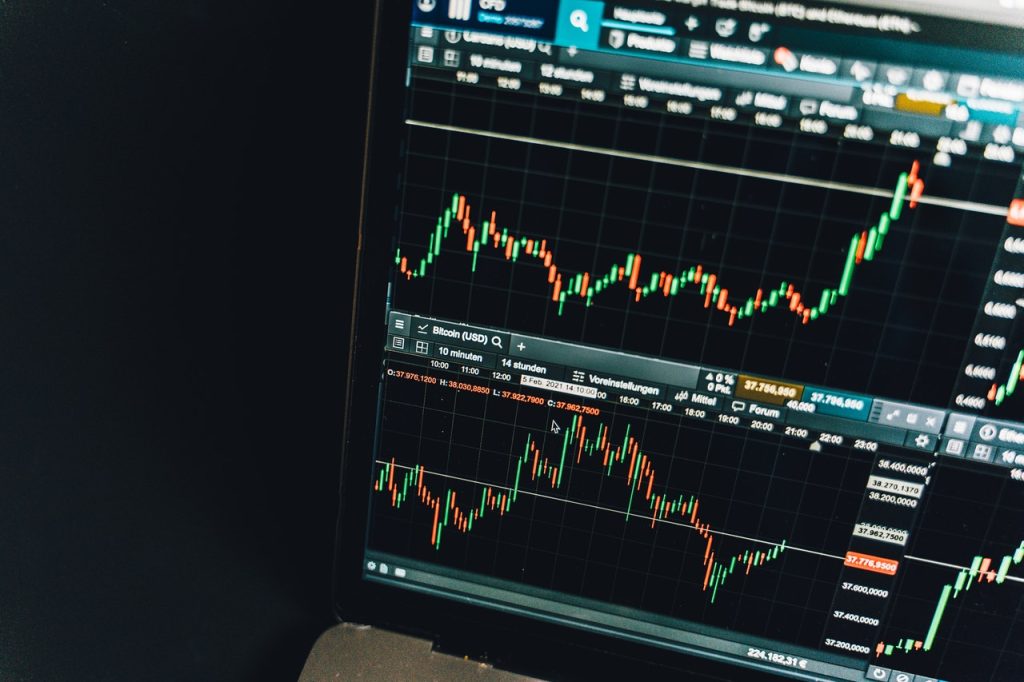
Experienced traders have shown interest in Contracts for Difference (CFDs) due to their flexibility and potential for significant returns. With CFD trading, traders can speculate on the price changes of different financial assets without owning them. However, to succeed in this competitive field, traders must acquire a variety of techniques.
This comprehensive guide provides valuable insights and techniques for experienced traders looking to enhance their CFD trading skills and achieve consistent returns.
Technical analysis: A key pillar of success
Technical analysis is vital in CFD trading as it helps traders identify potential trading opportunities and make informed decisions. Traders can anticipate future price movements by studying historical price data, patterns, and indicators. Technical analysis tools such as support and resistance levels, trendlines, and moving averages are commonly used to identify entry and exit points. These tools provide valuable insights into market sentiment and can help traders gauge the strength and direction of price trends.
Using indicators is a crucial part of technical analysis. Traders who have experience use indicators like RSI, MACD, and Stochastic Oscillators to get more information about market conditions. These indicators can help traders recognise situations where the market is overbought or oversold, possible changes in trend direction, and differences between price and momentum. When traders combine various patterns and indicators, they can improve their ability to analyse the market and increase their accuracy when trading.
Risk management: Preserving capital in CFD trading
Effective risk management is a cornerstone of successful CFD trading. Experienced traders understand that managing risk is as important as identifying lucrative trades. One essential risk management technique is setting appropriate stop-loss orders. These orders automatically close a position when the market moves against the trader beyond a predefined level. By setting stop-loss levels based on technical indicators or support and resistance levels, traders can limit potential losses and protect their capital.
Position sizing is crucial for managing risk in CFD trading. Experienced traders carefully consider their risk tolerance and account size when determining the appropriate trade size. By risking a small percentage of their capital per trade, traders ensure that a single losing trade does not significantly impact their overall account performance. This disciplined approach to position sizing helps preserve capital and ensures potential long-term returns.
Patience and discipline: Key traits for success
In the fast-paced world of CFD trading, patience and discipline are crucial attributes for experienced traders. It’s essential to resist the temptation to chase trades based on emotions or impulsive decisions. Experienced traders understand the importance of waiting for optimal trading opportunities that align with their strategies and meet risk-reward criteria.
Maintaining discipline also involves adhering to a trading plan. A well-defined trading plan outlines entry and exit criteria, risk management strategies, and specific trade setups. Experienced traders follow their trading plans diligently, avoiding impulsive actions driven by fear or greed. By sticking to a well-tested plan, traders can eliminate emotional biases and make objective decisions based on solid analysis.
Continuous learning and adaptation: The path to success
The world of CFD trading is constantly evolving, and experienced traders must continuously learn and adapt to changing market conditions. This involves staying updated on economic news, financial trends, and current events that may impact the markets. Traders should also invest time in expanding their knowledge of technical analysis techniques, exploring new indicators, and refining their trading strategies.
Experienced traders understand the importance of maintaining a growth mindset. They embrace learning opportunities through books, online resources, webinars, or trading seminars. By constantly seeking new knowledge and skills, traders can improve their trading abilities and stay ahead in the competitive CFD trading landscape.
To sum things up
CFD trading allows experienced traders to capitalise on price movements across various financial markets. By mastering techniques such as technical analysis, risk management, patience, discipline, continuous learning, and adaptation, traders can enhance their CFD trading skills and achieve consistent success.
Successful CFD trading requires sound analysis, effective risk management, and a disciplined mindset. With dedication and practice, experienced traders can navigate the complexities of CFD trading and unlock the potential for financial success.